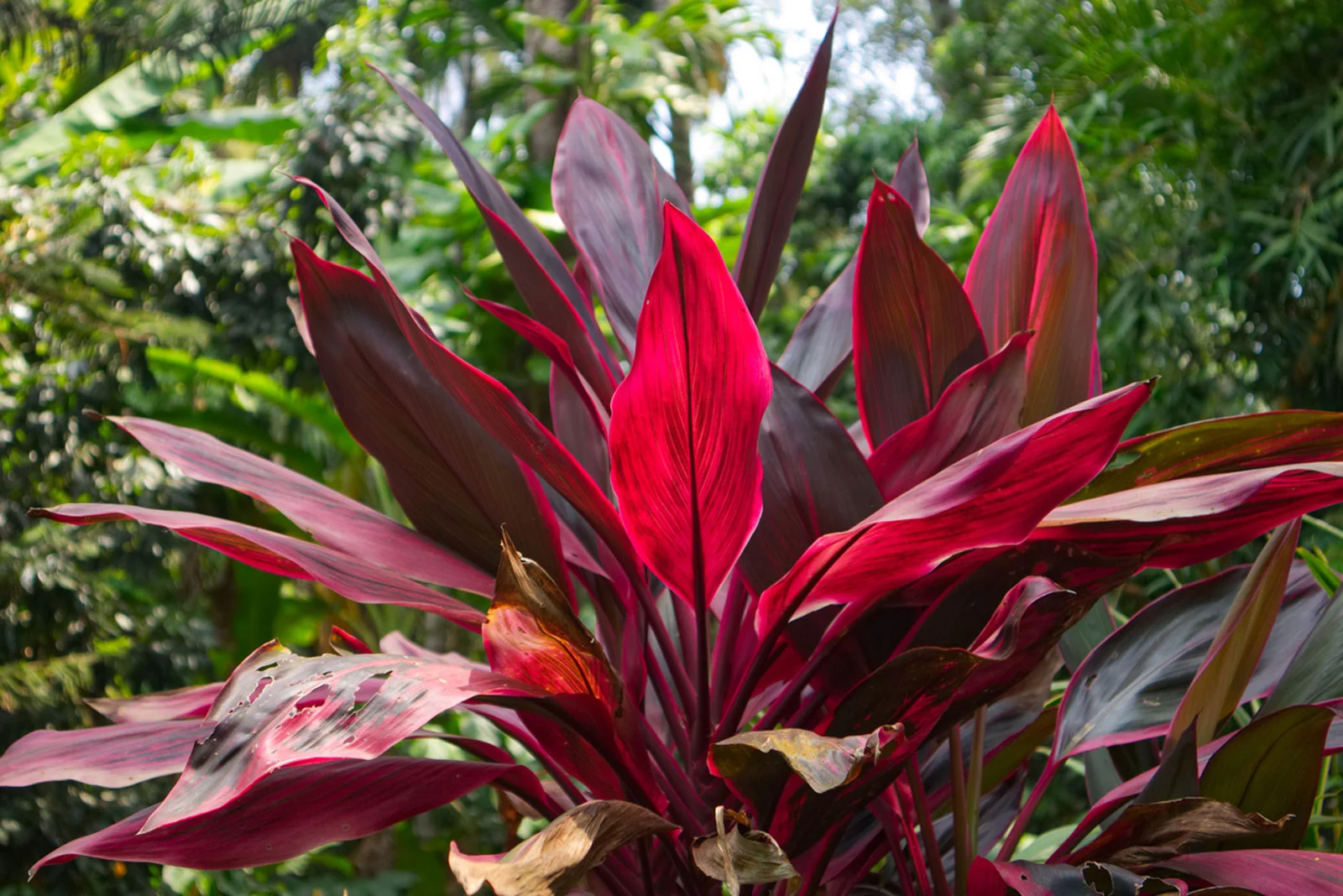Are Lilacs Evergreen?
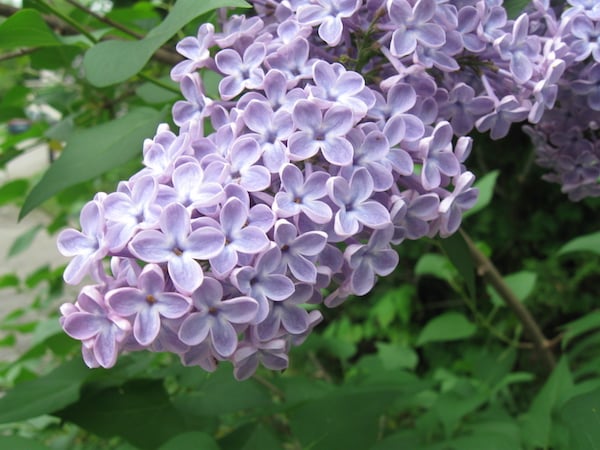
Table of Contents
“You may wish to add in lilacs, symbolic of first love,” Daphne Bridgerton, our very own Duchess, pointed out the significance of Lilacs. Lilacs are nothing new to the Bridgertons, for Edmund Bridgerton was stung by a bee that led to his death while he was picking Lilacs for his wife as they were her favorite flower. Later on, Lady Bridgerton was seen laying Lilacs at her husband’s grave.
In the Victorian age, Lilacs was known as a symbol of remembrance, often worn by widows to honor their loss and grieving.
Throughout the ages, lilacs have been lauded in literature and songs. Depending upon the variety, lilacs are small to medium-sized deciduous blooming trees or shrubs that bloom in late spring or early summer and have a beautiful fragrance. They have heart-shaped green leaves and large, pointy clusters of fragrant lavender flowers. Ceanothus cuttingsare quite easy to plant.
Are Lilacs Evergreen?
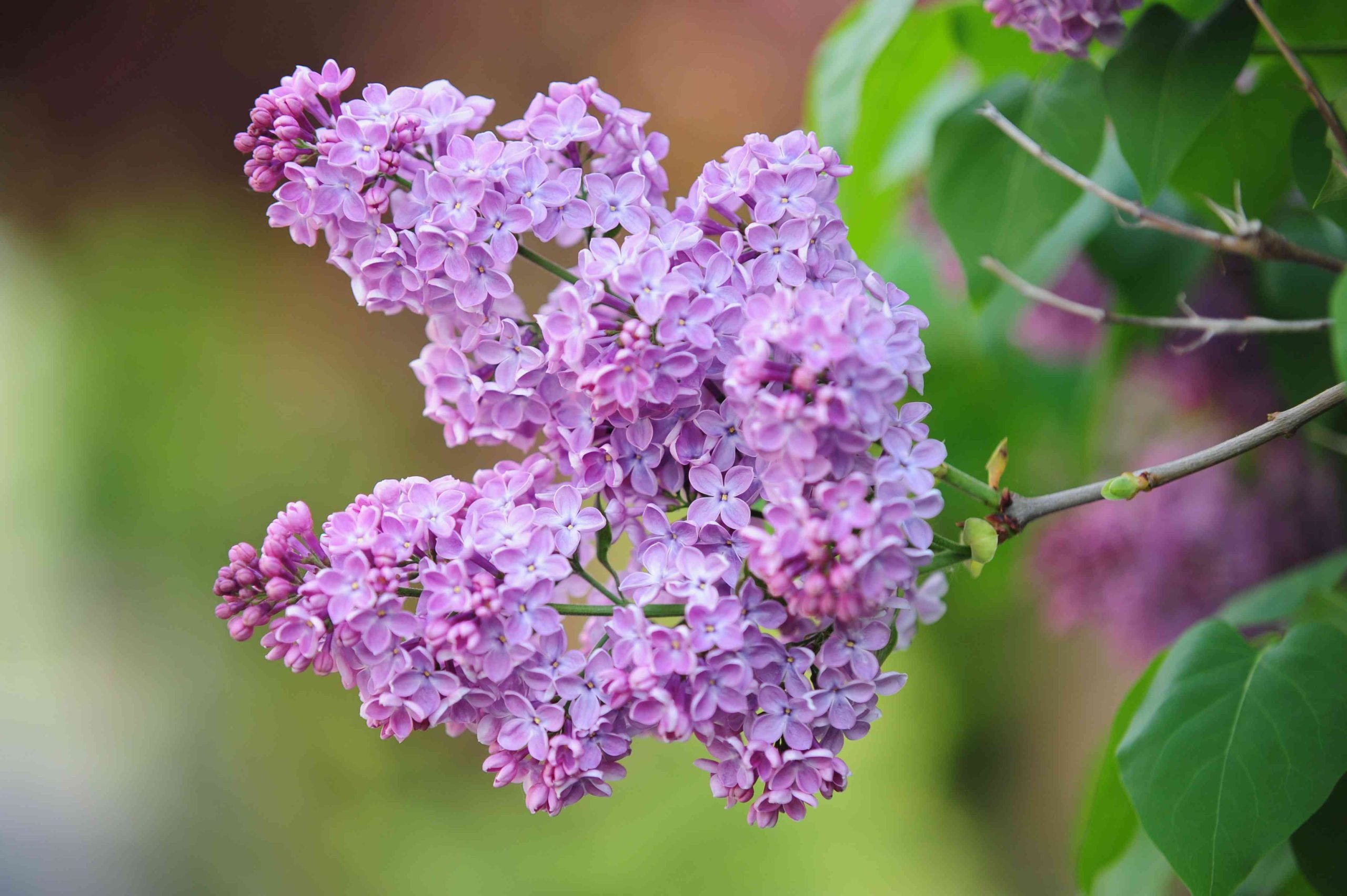
Lilacs belong to the Oleaceae family, which includes over 20 different plant species, including Olives and Jasmine. There are over 1000 varieties of Lilacs.
Lilacs played a significant role in the mythology of Pan, the god of fields and forests, for the ancient Greeks. It was rumored that Pan was in love with Syringa, a nymph. She once transformed into a lilac shrub to camouflage herself while he chased her through the forest because she was terrified of him. Pan discovered the shrub and cut off a piece to make the first panpipe. The scientific name for the lilac, Syringa, is from the Greek word ‘Syrinks,’ which means ‘pipe.’
The Celtics found Lilacs to be magical because of their fragrance, and the Russians would hold a sprig of lilac over a newborn. They believe it brings wisdom.
In the 17th century, colonists transported lilacs to America from their native Eastern Europe and Asia. Despite not being American in origin, they swiftly gained popularity among Americans. These plants were grown in the gardens of both George Washington and Thomas Jefferson, and lilacs were grown in the country’s first botanical gardens.
How to Plant and Care for Lilacs
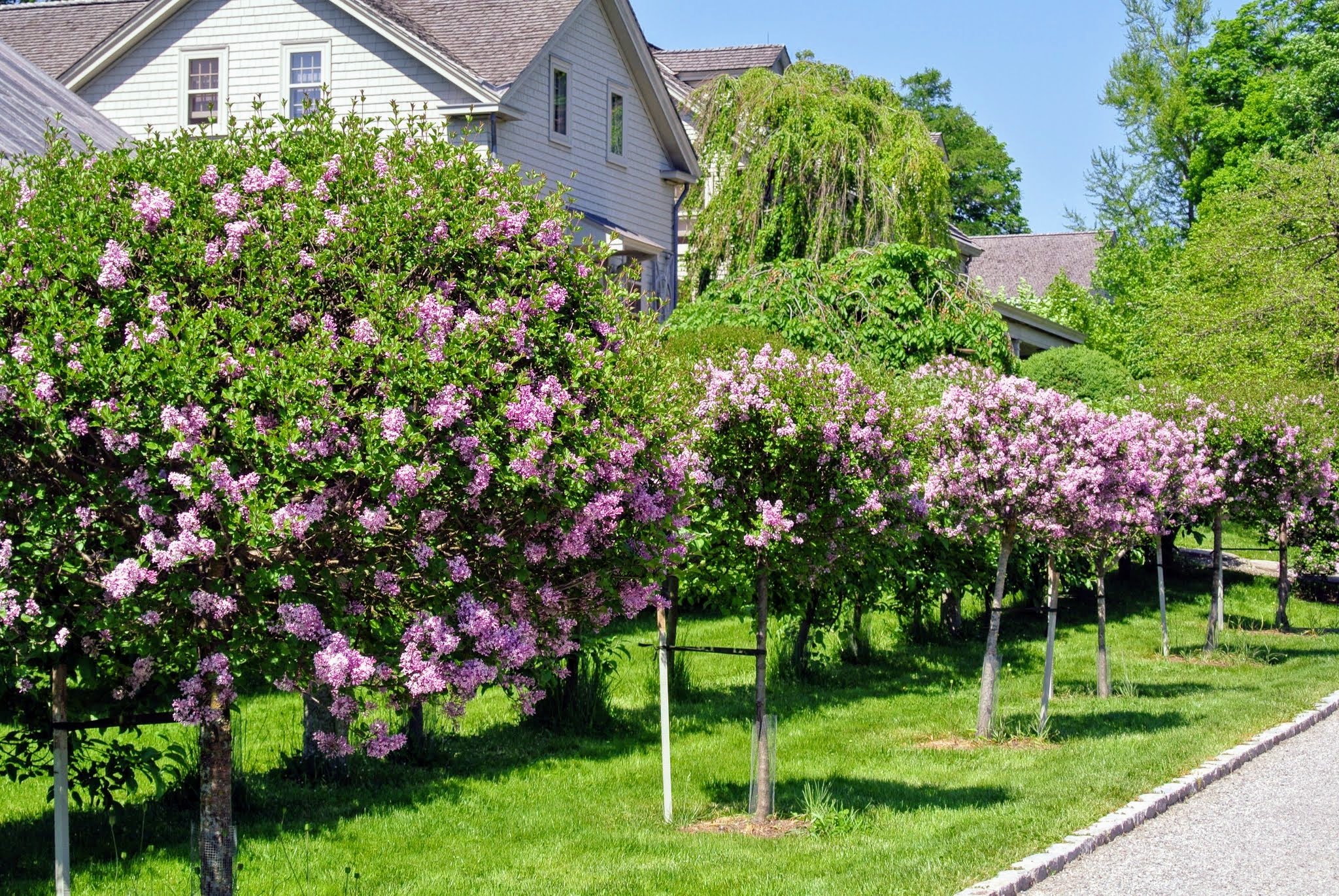
Here are some steps for planting and caring for lilacs to help ensure these beautiful shrubs thrive in your garden.
1. Choose the Right Location
Lilacs prefer full sun, so select a spot in your garden that receives at least 6 to 8 hours of direct sunlight daily. Ensure good soil drainage to prevent waterlogging, as lilacs don’t like to sit in wet soil.
2. Prepare the Soil
Lilacs prefer slightly alkaline to neutral soil with a pH level of around 6.5 to 7.0. You can adjust the soil pH if necessary by adding lime to raise it or sulfur to lower it. Incorporate organic matter, such as compost or well-rotted manure, into the soil to improve its fertility and structure.
3. Planting
Dig a hole that is twice the width of the lilac’s root ball and the same depth. Remove the lilac from its container and gently loosen the roots if they are tightly bound. Place the lilac in the hole, ensuring that it is at the same level as it was in the container. Add soil to the hole and carefully press around the plant. To settle the soil, thoroughly water the newly planted lilac.
4. Mulch
Add a thick layer of organic mulch, full of wood chips or straw, around the base of the lilac. This controls weed growth, preserves moisture, and keeps the soil’s temperature constant.
5. Watering
During the first growing season, in particular, keep the soil constantly moist but not soggy. Lilacs are somewhat drought-tolerant once established, but they benefit from regular watering during dry spells.
6. Pruning
Prune lilacs after they finish flowering, typically in late spring or early summer. Remove spent flower clusters and any dead or diseased branches. Every few years, consider rejuvenation pruning to encourage new growth. This involves cutting back one-third of the oldest branches to the ground in late winter or early spring.
7. Fertilizing
Lilacs generally don’t require excessive fertilization. Use mild and balanced fertilizer to promote healthy growth.
8. Pest and Disease Control
Keep an eye out for common lilac pests like aphids and scale insects. Treat infestations promptly. Lilacs can also be susceptible to diseases like powdery mildew. Proper spacing and good air circulation can help prevent this issue.
9. Winter Protection
In colder climates, you can protect your lilacs from winter damage by putting mulch around the base and wrapping the shrub with burlap or a frost blanket.
With proper care, lilacs can thrive and give you years of beautiful, fragrant blooms in your garden.
Different Uses of Lilacs
1. Culinary Uses
Lilacs are surprisingly edible! Lilac syrup, made by steeping the blossoms in a simple syrup, can add a subtle floral note to beverages and desserts. Lilac flowers, used as edible garnishes, provide a delightful pop of color and fragrance in salads, cocktails, and pastries.
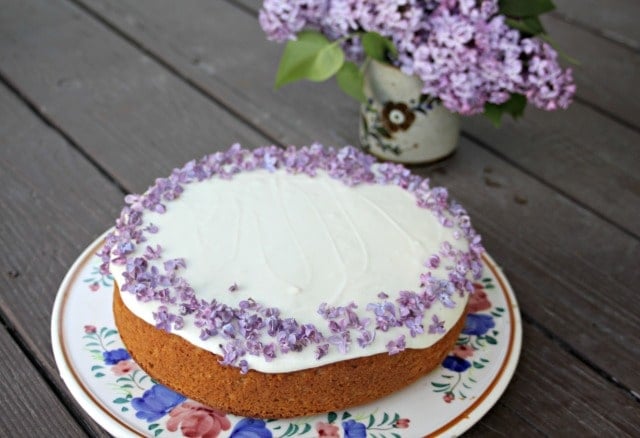
2. Aromatherapy and Perfumes
Lilac essential oil, derived from flowers, is sometimes used in aromatherapy for its calming and soothing properties. It can be used in diffusers, candles, or massage oils. Lilac-scented products can include perfumes, soaps, lotions, and candles, which are popular in the cosmetic industry.
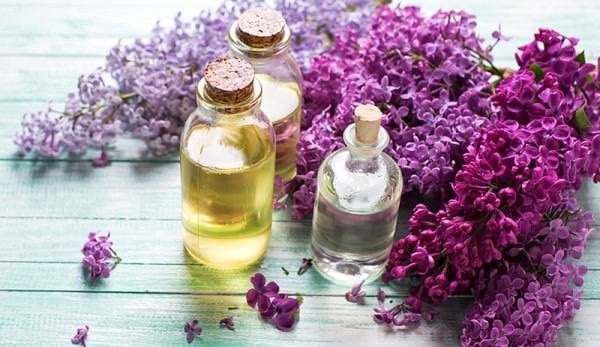
3. Medicinal Uses
Lilacs are a medicinal herb. They have astringent, diuretic, and anti-inflammatory properties, and they improve digestion and lower fever. The medical uses of Lilacs have been documented since the Middle Ages.

Conclusion
Lilacs are known for their stunning color and fragrant flowers. Lilacs have cultural significance in several countries, such as the United States, where it is the state flower of New Hampshire, and in Canada, where it is the provincial flower of Saskatchewan.
Lilacs are cherished for their beauty and fragrance, making them a favorite in gardens and landscapes worldwide. Their colorful and fragrant blooms are a sure sign that spring has arrived.
They are versatile and have various culinary, medicinal, and aesthetic uses. It is very clear that Lilacs are evergreen.



